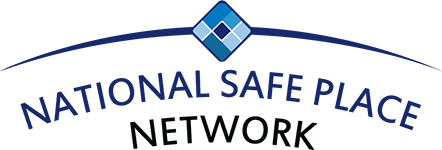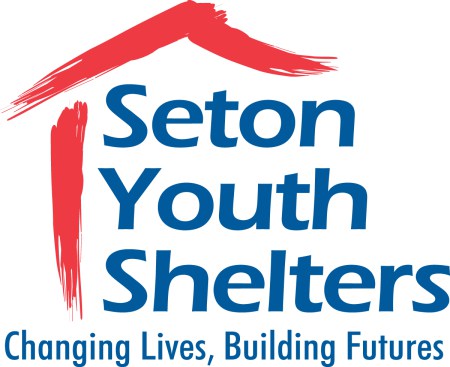Getting the Most out of the National RHY Grantees Training
Prior to Attending the Training
- Check out and load the national training application (app).
- Look through the training events and workshops and plan your schedule.
- Ask your supervisor about the purpose of your participation and any priorities for your attention.
- Look for and plan to attend events/sessions that will provide opportunities to see other programs (site visits), meet federal staff, and connect with other grantees.
- Prepare a summary sheet to bring information back to your agency from the workshops you attend (this will help your supervisor see that it was a good investment to send you to the training). You may want to use the same points from above:
- Workshop title: What were the main points?
- What did you think of it?
- How should the program utilize the information?
At the National Training







